Helios Blog
Stay in the know with the latest updates, discussions, and more from Helios AI.

USAEDC 2025: Why Agriculture’s Future Depends on Shared Intelligence, Coordinated Strategy, and Predictive Insight
The 2025 USAEDC Annual Workshop made one thing unmistakably clear: the global agricultural export system is facing volatility at a speed and scale that no single organization, tool, or program can manage in isolation. Climate variability, supply chain fragility, geopolitical shocks, SPS unpredictability, price swings, and rapidly changing buyer expectations are all converging.

The Penta Podcast Channel: Growing the Future: How AI Is Transforming Agriculture
In this episode of What’s at Stake, Penta Partners Bryan DeAngelis and Andrea Christianson explore how artificial intelligence is reshaping the agricultural and agri-food supply chain. They’re joined by Francisco Martin-Rayo, CEO of Helios AI, a company using advanced machine learning and global data integration to forecast prices, manage supply risk, and anticipate weather-driven disruptions.

Thanksgiving Celebration from Helios AI’s Global Async Team: What We’re Grateful for
As a global, async-first organization, our team at Helios AI thrives on collaboration that stretches across time zones, cultures, and work styles. Thanksgiving gives us a meaningful pause — not only to honor tradition, but to reflect on what truly strengthens distributed teams and the culture we’re building together.

Helios AI Climate Model Update: A More Accurate WA%R for Commodity & Supply Chain Risk
Helios AI has released a major upgrade to its climate model, introducing a more accurate version of WA%R (Weighted Average % Risk) — our core metric for assessing climate exposure across global commodity supply chains. The updated WA%R now uses export-weighted and region-specific production data, giving procurement, sustainability, and supply chain teams a clearer, more realistic view of climate risk by origin. This enhancement improves historical and forward-looking climate risk scores, strengthens forecasting accuracy, and provides a more reliable foundation for sourcing and supplier decisions.

From the Supply Change x Helios AI webinar on real-time foresight for procurement leaders
Helios AI CEO Francisco Martin-Rayo and Supply Change walked through what many procurement leaders are living every day: climate volatility, geopolitical shocks, and market disruptions are colliding faster than teams can react. Think of cocoa grown in Ghana and Côte d’Ivoire facing extreme heat and drought, shipping routes being rerouted due to conflict, and contracts becoming meaningless when spot prices double.

Francisco Martin-Rayo: How AI Is Forecasting the Future of Food
Francisco's journey is unconventional: from studying radicalization in refugee camps in Yemen, Pakistan, and Somalia, to starting an NGO providing university scholarships, to now working at the intersection of AI, climate risk, and food security as CEO of Helios AI. But is the thread connecting it all? Solving complex, urgent problems that affect real people.

The Thanksgiving Table Meets Climate Risk: Sweet Potatoes and Cranberries in 2025
This Thanksgiving, two of the season’s most recognizable ingredients—sweet potatoes and cranberries—tell a deeper story about climate, supply, and resilience. What appears to be a year of relative abundance at the retail level masks growing pressure beneath the surface. Our Helios Horizon data indicate that both crops are navigating climate-driven volatility, although the impacts manifest differently across regions and supply chains.
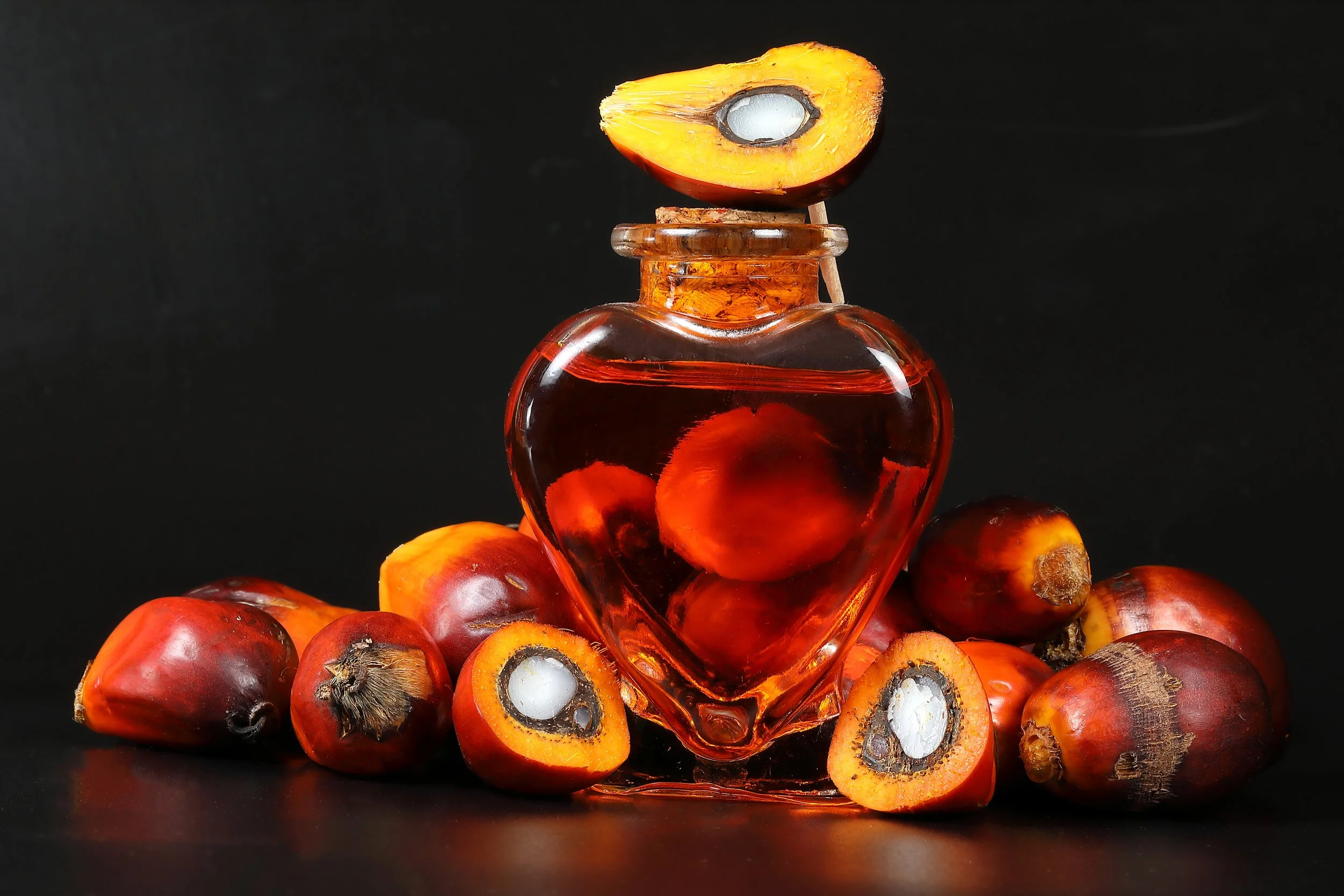
What’s Ahead for Palm Oil: Helios AI Forecasts Price Firmness Into Early 2026
The global palm oil market is closing 2025 with a familiar story and a new twist. Prices are climbing again, but this time, the driver isn’t just global demand. It’s climate asymmetry: while Indonesia’s plantations are drying out, Malaysia’s are soaking up too much rain.

🎃 From Treats to Trade Winds: What Helios Horizon Predicts for Coffee, Cocoa, and Climate This Holiday Season
As pumpkin spice fills the air and Halloween candy lines the shelves, the season of comfort is here, and with it, a reminder of how global our small pleasures really are. The chocolate in your trick-or-treat bowl and the coffee in your Thanksgiving mug travel through some of the most climate-sensitive supply chains in the world.

Inside IFPA: How Innovation, Traceability, and Trust Are Redefining ‘Fresh'
This year’s Global Produce & Floral Show, hosted by the International Fresh Produce Association (IFPA) in Anaheim, offered a striking reflection of how the fresh-produce industry is evolving faster, broader, and more interconnected than ever.

From Bratwurst to Big Data: Our Takeaways from Anuga 2025
From climate intelligence to faster decisions, Anuga 2025 showed how food leaders are making AI practical. Helios Horizon joins this shift, helping transform foresight into resilience across global supply chains.

Helios AI Special Report: US Government Shutdown Causes USDA Data Blackout – What Agri-Food Leaders Should Know to Stay Ahead
On October 1, 2025, the U.S. federal government entered a shutdown after Congress failed to pass appropriations. As a result, the USDA has paused or delayed key agricultural data releases, creating a data blackout with significant consequences for procurement leaders, traders, and agri-food supply chains.

Helios AI at World Agri-Tech 2025: Predicting Prices, Climate Risks, and Supply Chain Disruptions
At World Agri-Tech 2025 in London, Helios AI CEO Francisco Martin-Rayo joined other global leaders to discuss climate-proof agriculture. The panel highlighted how AI, collaboration, and finance can transform global food supply chains. With climate volatility and disruptions rising, Helios Horizon empowers businesses to forecast prices, manage risks, and build resilience.
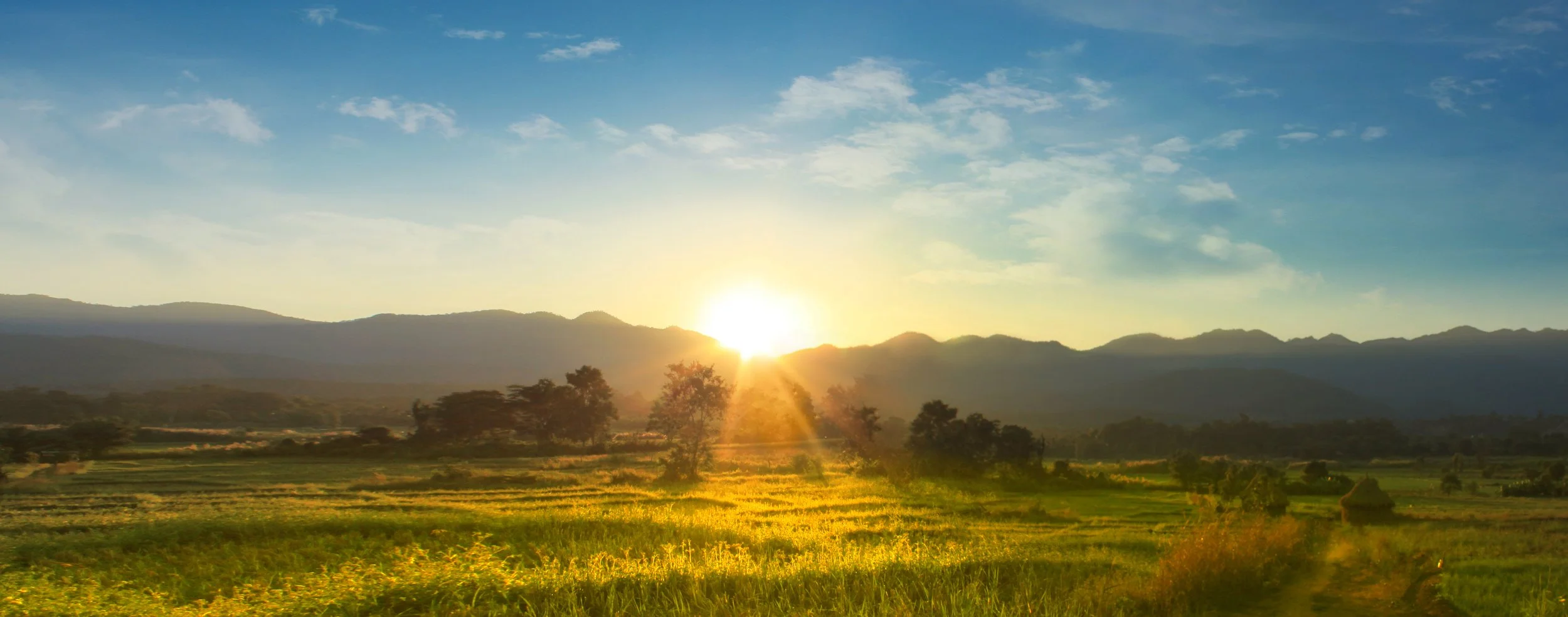
The Future of Food Supply Chains Starts Here: Helios AI Secures $4.7M to Launch Helios Horizon
Helios AI has raised $4.7M to launch Helios Horizon — the first AI co-pilot for food supply chains. Covering 75+ commodities and 2,500+ price series, Horizon delivers ultra-accurate price forecasts and climate insights in seconds, giving agri-food businesses the foresight to anticipate disruptions and act with confidence.

Introducing Helios Horizon: Your 24/7 Agricultural Supply Chain Analyst
Helios Horizon is the world’s first AI co-pilot built for food and agriculture supply chains, delivering role-aware, source-cited insights on prices, climate, trade, supply, futures, and news—giving professionals Bloomberg-level intelligence in their pocket, 24/7.
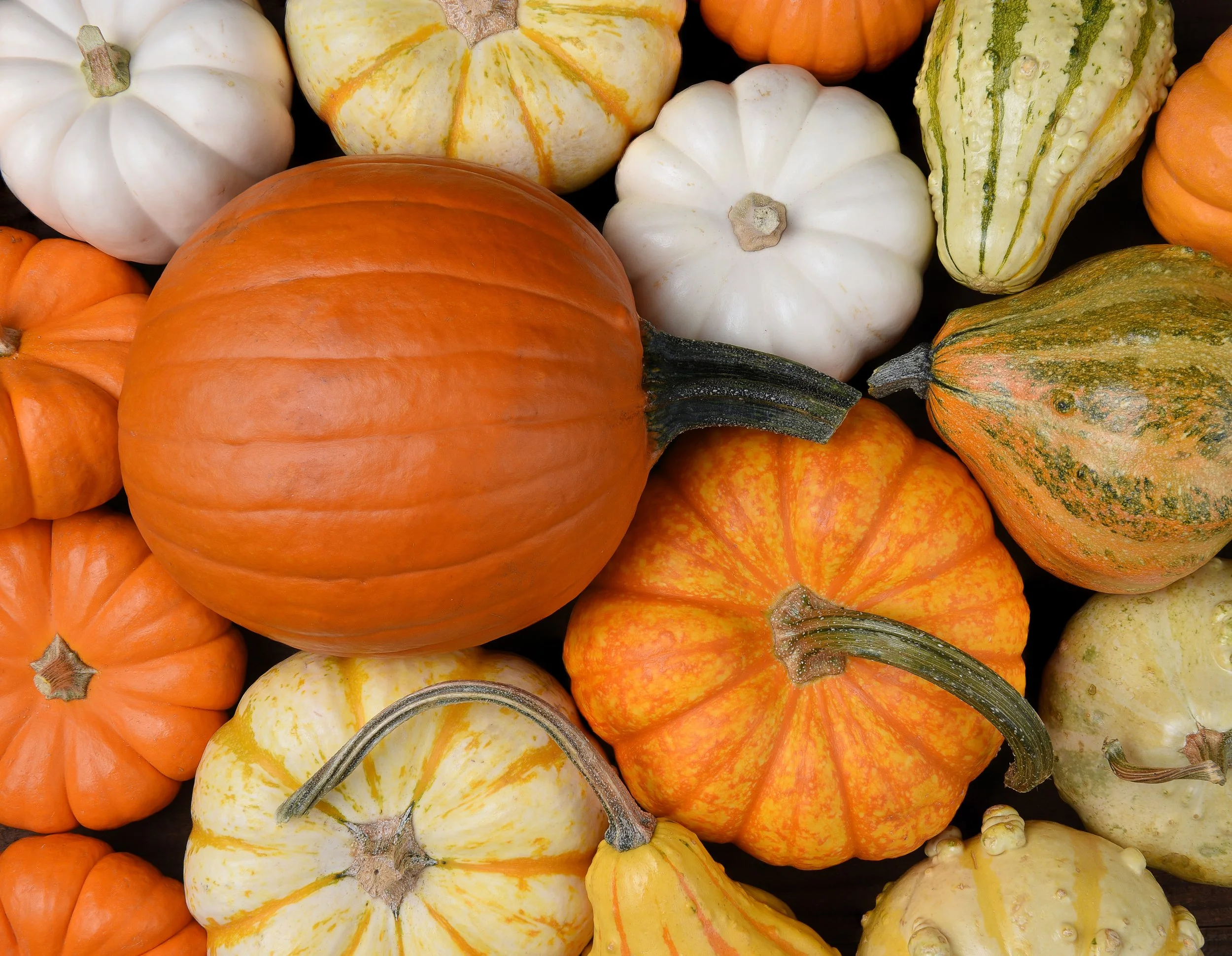
Plenty of Pumpkins This Season… But What About Later?
Fall is synonymous with pumpkins– from lattes to pies, or hayrides and Halloween displays. The Pacific Northwest pumpkin harvest of 2025 is off to a strong start, with growers optimistic about both the quality and supply of the vegetable. Yet, behind all the success lies a growing concern: the later part of the season doesn’t look nearly as stable.
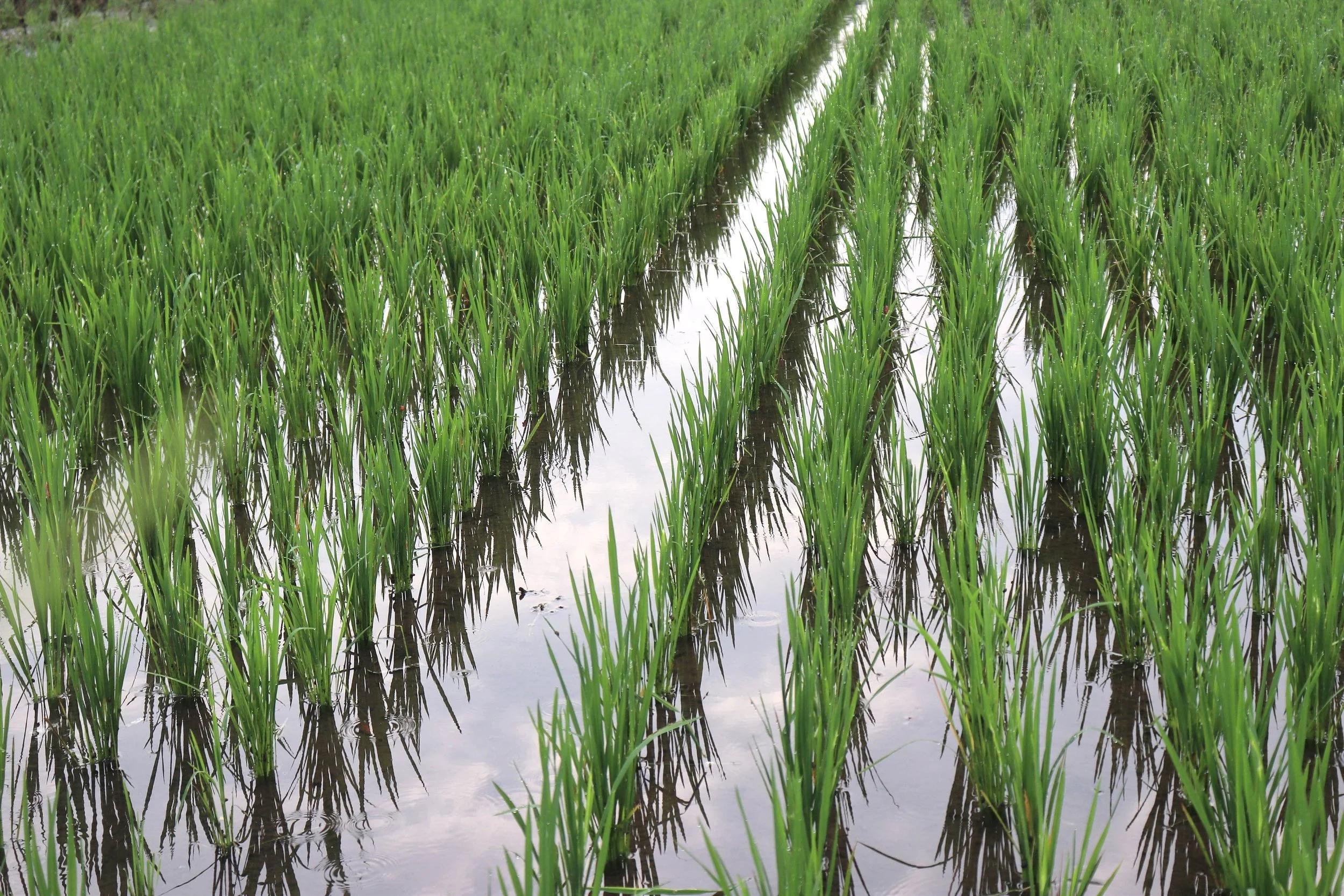
Indonesia’s Wet Season Surprise: What It Means for the Season Ahead
In June 2025, Indonesia’s weather authority (BMKG) revised its seasonal forecast in a way that caught many in the agriculture sector by surprise. Instead of entering a long, dry stretch, the country has experienced higher-than-normal rainfall, delaying the onset of the dry season across most of the archipelago.
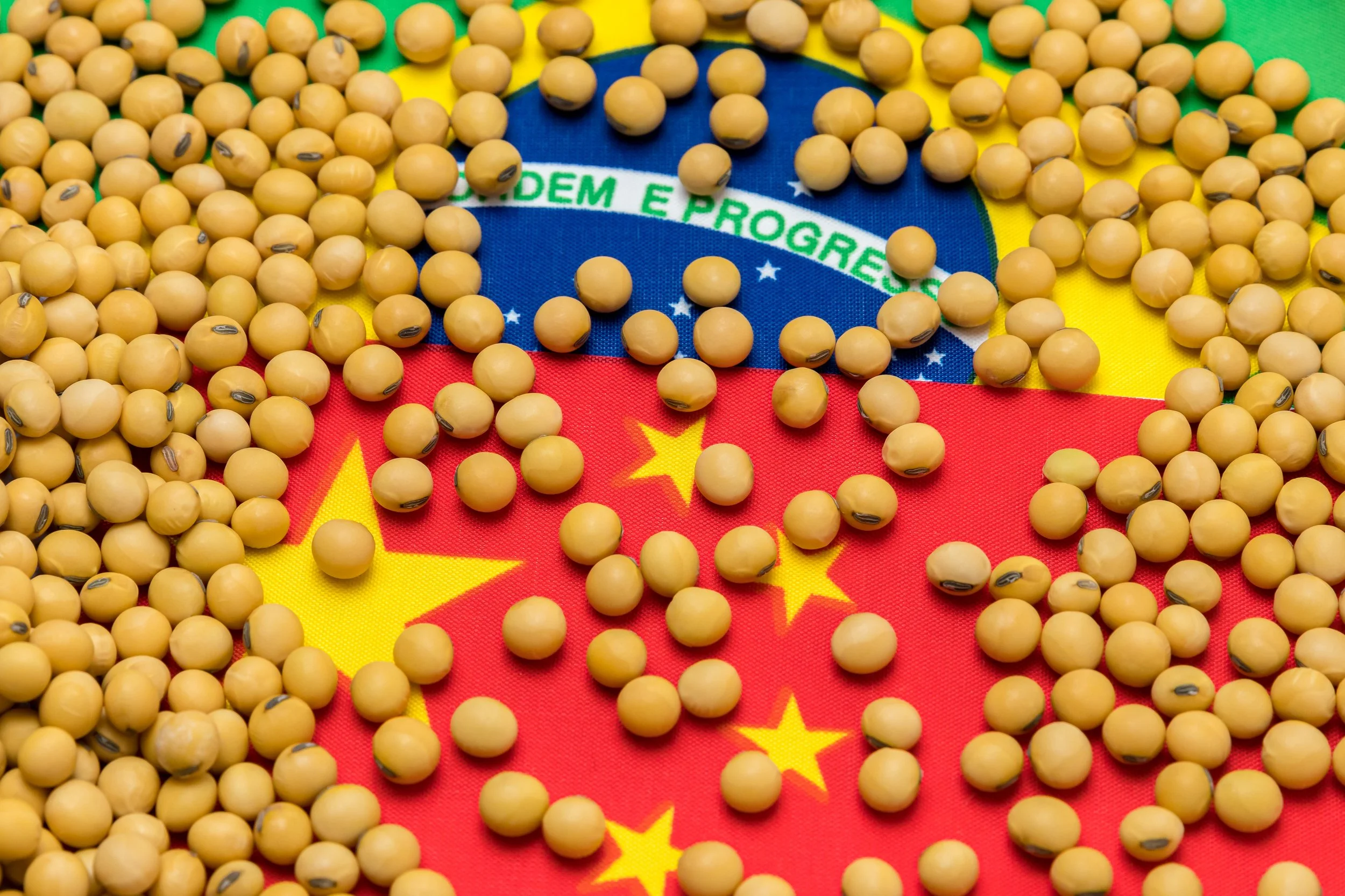
Tariffs, Trade Wars, and the Rise of Brazil’s Soybean Empire
China’s retaliatory 34% tariff on U.S. farm goods stripped the U.S. soybean market of most of its competitiveness overnight. The market was devastated, and China quickly turned to a new supplier: Brazil. China's shift from the U.S. to Brazil for soybeans is increasingly looking less like a temporary substitution and more like a realignment in soybean trade, making Brazil China’s go-to producer for soybeans permanently.
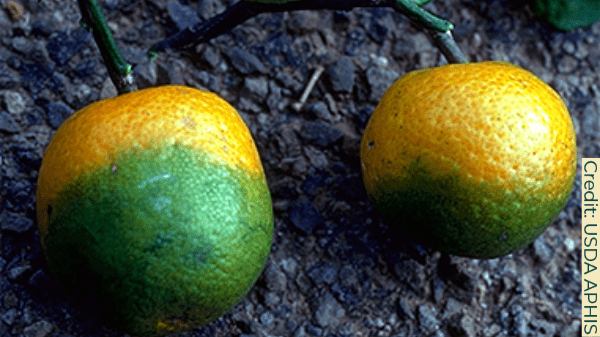
Florida’s Oranges Are in Crisis - You Can Thank Climate Change for That
Orange juice used to be a breakfast staple. Now, it’s starting to look more like champagne—a luxury item for special occasions. As climate change intensifies, Florida's orange market is caught in the turmoil thanks to citrus greening disease: a bacterial disease spread by tiny, sap-sucking insects called psyllids (pronounced sill-ids).

Introducing Price Seasonality on Helios: Your New Tool for YoY Commodity Price Trends
We’ve just launched a new feature on the Helios platform: the Price Seasonality tab! It’s designed to give procurement teams a sharper understanding of how commodity prices move throughout the year—and how those trends compare across multiple years.
